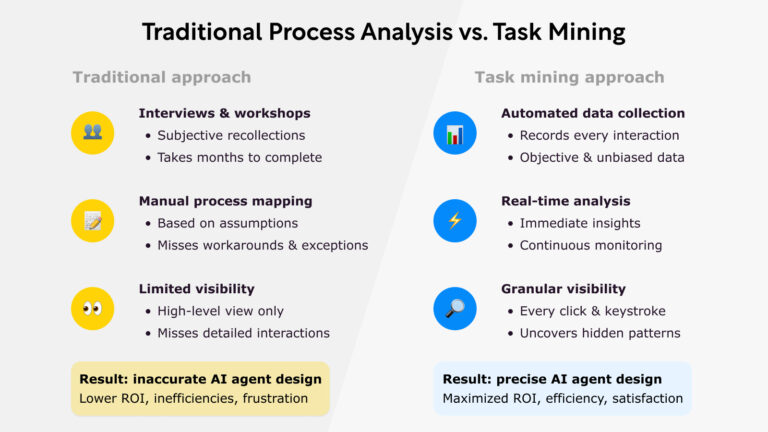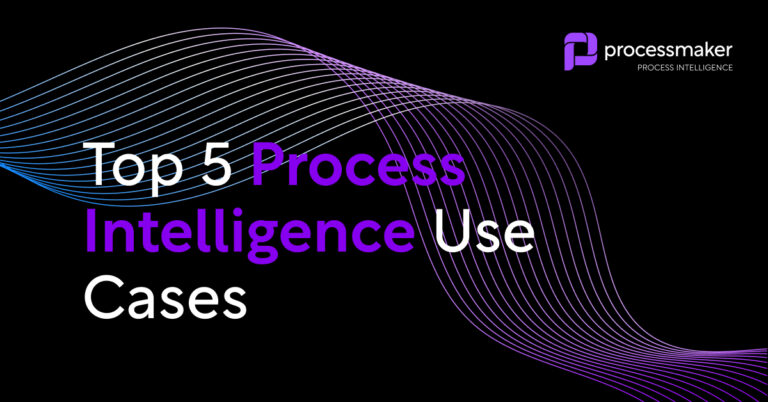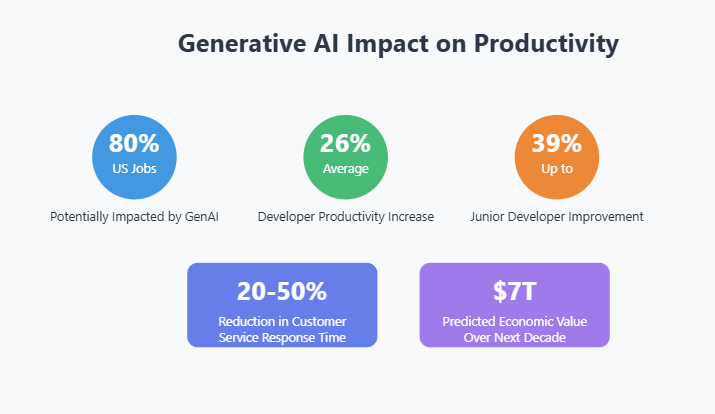Process discovery is a crucial component of business process management and intelligent automation. Understanding its essence and employing best practices can significantly enhance your organization’s operational efficiency and deliver on process excellence.
What exactly is process discovery?
Process discovery is a set of techniques used in business process management to identify, learn, and understand the real processes within an organization. It involves identifying events, triggers, tasks, and outcomes to create an “as-is” view of business processes in order to improve them.
Process discovery plays a pivotal role in enhancing business efficiency. By identifying bottlenecks, redundancies, and inefficiencies, it provides insights for improvement and optimization, serving as the foundation for process automation and transformation initiatives.
Best Practices in Process Discovery
Embracing best practices in process discovery can be the difference between a successful transformation and an unsuccessful one. Here are a few to consider:
1. Leverage a process discovery framework

The best results from a process discovery exercise come when you plan ahead and utilize a process discovery framework to set out how your insights are turned into process improvements. In the infographic above we have an example of a four-stage process discovery framework including the four “D” stages of “discover,” “define,” “develop,” and “deliver” inspired by popular product discovery models.
2. Embrace discovery automation tools
Automation is your ally in process discovery. There are over 20 options available for process discovery software that automatically map out processes save time, reduce errors, and provide a holistic view of business operations. These tools provide many benefits beyond as-is process analysis. They also allow for real-time updates, ensuring your process maps remain accurate and relevant.
3. Engage actively with all stakeholders
Process discovery is a collaborative effort. It’s essential to involve all stakeholders – from employees who carry out daily tasks to managers who oversee operations. A key mistake is to not include the views and opinions of the people actually doing the work. Their insights can provide a more in-depth understanding of processes, helping to identify areas of improvement.
4. Focus on the right Key Performance Indicators (KPIs)
There is an old saying in operational excellence, “you can’t manage what you can’t measure.” Setting the right KPIs or measurable targets is critical in process discovery success. They help gauge process efficiency and effectiveness, guiding decision-making and facilitating continuous improvement. Always align process discovery efforts with your organization’s KPIs and key business goals.
5. Don’t discover-and-forget
Process discovery isn’t a one-time task. It requires regular monitoring and updates to reflect changes in business operations. Keeping your process maps up-to-date ensures they remain a valuable resource for decision-making and process improvement. Better yet, utilize process intelligence software to maintain an accurate view of your tasks, processes, and enterprise system use in real time.
Common pitfalls in process discovery and how to avoid them
While process discovery can yield significant benefits, it’s also subject to common mistakes. Here are a few common ones to watch out for:
Pitfall 1: Overlooking Details
Missing minute details can lead to inaccurate process maps and models. Avoid this by ensuring a thorough review of processes, involving all stakeholders, and using automated tools such as task mining or process mining that capture every event in fine detail.
Pitfall 2: Resistance to Change
Employees may resist changes resulting from process discovery due to fear or uncertainty. Address this by promoting open communication, providing training, and highlighting the benefits of the changes. Consider bringing in “change champions” within the teams that do the actual work that keeps up the progress and holds accountability for process improvement.
Pitfall 3: Neglecting Continuous Improvement
Process discovery is not a one-off project, but an ongoing effort. Neglecting continuous improvement can lead to outdated process maps and missed opportunities for optimization. Avoid this by establishing regular reviews and updates – or maintain continuous conformance checking through process analysis tools.
The future outlook: beyond 2024
According to Allied Market Research’s comprehensive industry analysis, the global process analytics market is expected to grow in the next few years, reaching as high as $18.6 billion by 2031. While process discovery is a small segment of that market, it has consistently been showing promising signs of healthy growth. So far, the use of process discovery tools has been mainly coming from North America, but Asia Pacific is expected to grow and take leading positions in this regard.
Process discovery can play an integral part in any business aiming for operational excellence. By understanding what it entails and adopting best practices such as automation, stakeholder engagement, focus on KPIs and continuous improvement, organizations can optimize their processes, enhance efficiency, and drive growth.





